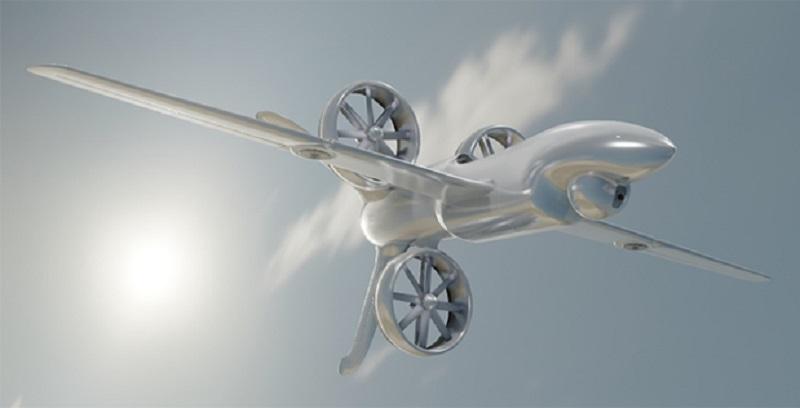The U.S. Defense Advanced Research Projects Agency (DARPA) AdvaNced airCraft Infrastructure-Less Launch And RecoverY X-Plane program, nicknamed ANCILLARY, aims to develop and flight demonstrate critical technologies required for a leap ahead in vertical takeoff and landing (VTOL), low-weight, high-payload, and long-endurance capabilities. The goal is to build a plane that can launch from ship flight decks and small austere land locations in adverse weather without launch and recovery equipment typically needed for these systems. A large non-traditional commercial industry base has fueled recent VTOL research investments and advanced controls leading to innovative vehicle configurations spanning size, weight, power, and cost.
“The ability for the warfighter to deploy and retrieve such systems in challenging conditions without reliance on infrastructure would minimize personnel, costs, and vulnerability during sensitive operations. ANCILLARY plans to use a multi-disciplinary approach that will bring together developments in advanced control theory, aerodynamic modelling, and advanced propulsion to solve a combination of challenging design objectives,. The upcoming Proposers Day and Expo on September 20, 2022, will not only bring together traditional aircraft manufactures, but also non-traditional military contractors that have been investigating commercial VTOL solutions,” said Steve Komadina, the DARPA program manager for ANCILLARY.
The ANCILLARY program aims to develop and flight demonstrate an X-plane with the critical technologies required for a leap-ahead in long endurance, vertical takeoff and landing (VTOL) unmanned air system (UAS) performance. Unlike large VTOL systems, the small UAS size would allow many aircraft to be stored and operated from one ship creating a tactical beyond-line-of-site (BLOS) multi-intelligence sensor network capability. Advancements in small propulsion systems, high capacity low weight batteries, fuel cells, materials, electronics, and low-cost additive manufacturing can now enable new architectures and designs to be explored in this trade space.
The Defense Advanced Research Projects Agency (DARPA) is a research and development agency of the United States Department of Defense responsible for the development of emerging technologies for use by the military. Originally known as the Advanced Research Projects Agency (ARPA), the agency was created on February 7, 1958, by President Dwight D. Eisenhower in response to the Soviet launching of Sputnik 1 in 1957. By collaborating with academia, industry, and government partners, DARPA formulates and executes research and development projects to expand the frontiers of technology and science, often beyond immediate U.S. military requirements. DARPA is independent of other military research and development and reports directly to senior Department of Defense management.















